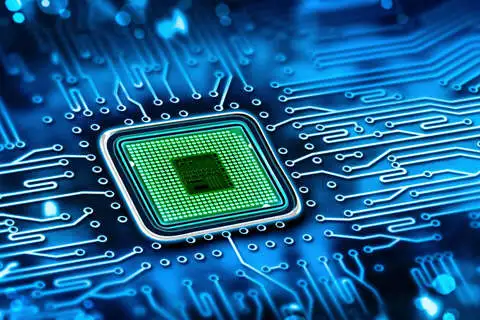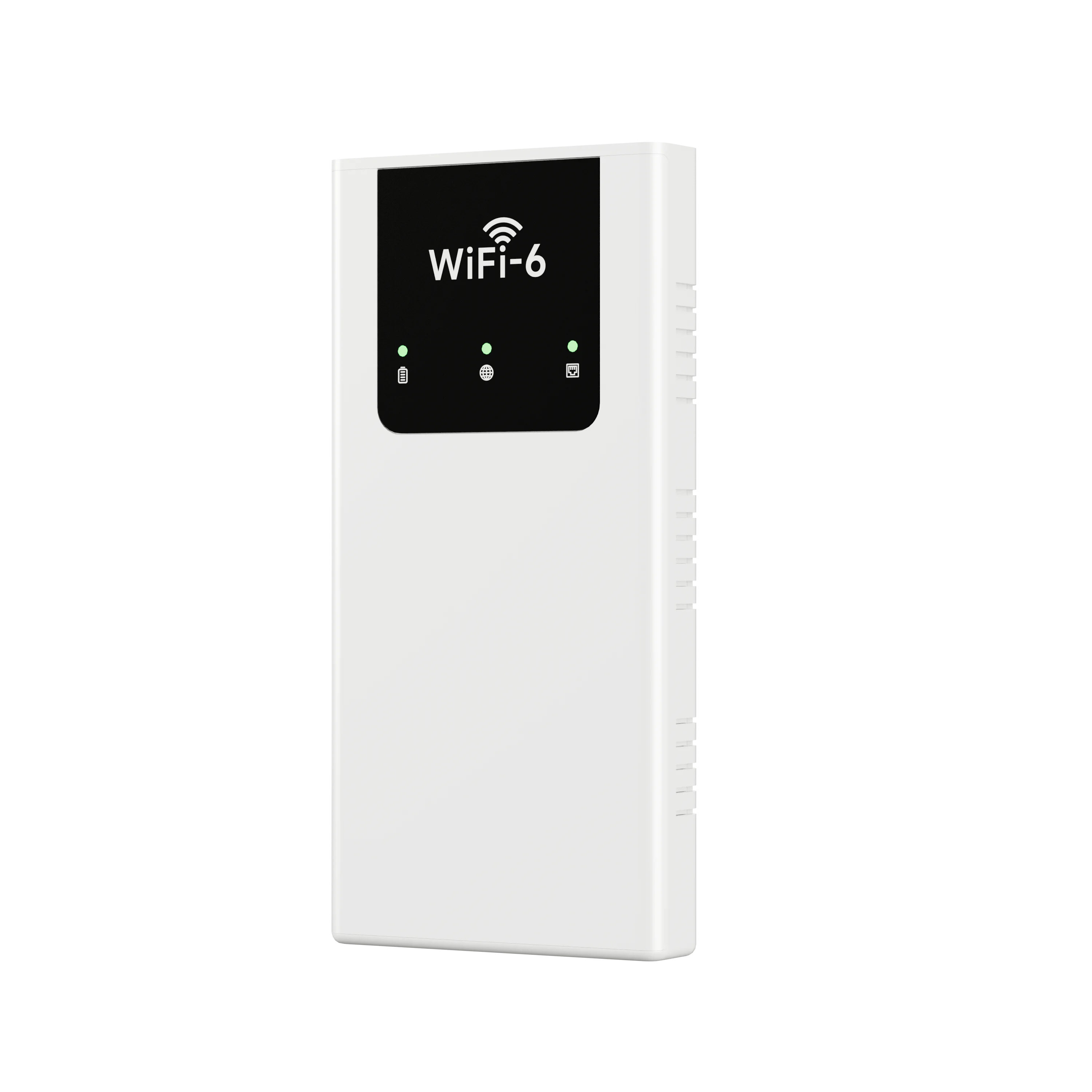Mastering the Art of Handling Electrical Components: Best Practices and Proven Techniques

Electrical components are the building blocks of modern technology, powering everything from household appliances to complex industrial machinery. Handling these components requires precision, knowledge, and adherence to safety protocols. In this article, we will delve into the best practices and proven techniques for effectively and safely handling electrical components.
- Understanding Electrical Components:
Before delving into the specifics of handling electrical components, it is crucial to have a solid understanding of their types and functions. Electrical components can include resistors, capacitors, diodes, transistors, integrated circuits, and more. Each component has a unique purpose and requires specific handling techniques. - Safety First:
When working with electrical components, safety should always be the top priority. This involves wearing appropriate personal protective equipment (PPE), such as insulated gloves and safety glasses, to protect against electrical shocks and potential hazards. Additionally, working in a well-ventilated area and using proper grounding techniques are essential safety measures. - Proper Storage and Handling:
Electrical components are sensitive to environmental factors such as temperature, humidity, and static electricity. To ensure their longevity and functionality, it is crucial to store them properly. Components should be kept in anti-static bags or containers to prevent electrostatic discharge (ESD) damage. When handling components, avoid touching the leads or pins directly to minimize the risk of contamination or damage. - ESD Protection:
Electrostatic discharge (ESD) can cause irreparable damage to sensitive electrical components. To prevent ESD, it is essential to use ESD-safe workstations and tools. These include ESD mats, wrist straps, and grounded work surfaces. By grounding yourself and your work area, you can safely discharge any built-up static electricity and protect the components from potential harm. - Proper Soldering Techniques:
Soldering is a common practice when working with electrical components. To ensure reliable connections and prevent damage, it is crucial to follow proper soldering techniques. This includes using the right soldering iron temperature, applying the appropriate amount of solder, and ensuring a clean and secure joint. Additionally, using flux can improve solder flow and minimize the risk of cold joints. - Testing and Quality Control:
After handling and soldering electrical components, it is essential to test their functionality. This can be done using multimeters, oscilloscopes, or other testing equipment. By performing thorough testing and quality control checks, you can identify any faulty components or connections before they cause issues in the final product.
Conclusion:
Handling electrical components requires a combination of knowledge, skill, and attention to detail. By understanding the different types of components, prioritizing safety, employing proper storage and handling techniques, protecting against ESD, mastering soldering techniques, and conducting thorough testing, you can ensure the reliability and longevity of electrical systems. Remember, precision and adherence to best practices are key when working with these critical building blocks of technology.
